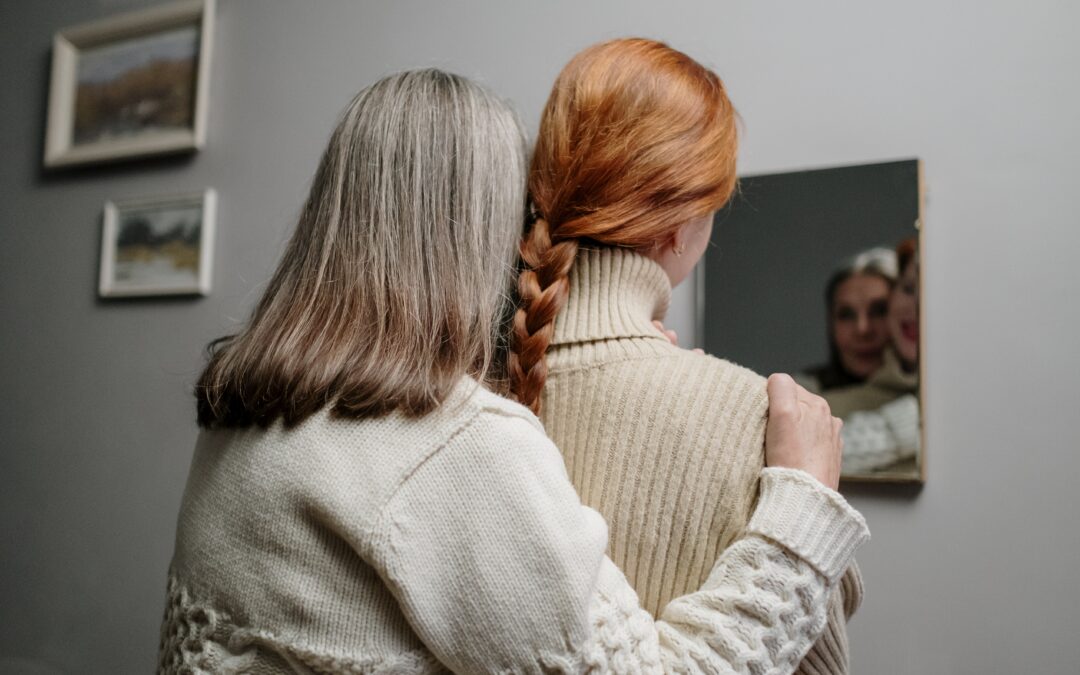Each time December rolls around, we’re bound to hear a few songs about walking in a winter wonderland, staying for a half a drink more, or catching sight of Mommy kissing Santa Claus. There’s something about the Christmas season – perhaps related to its theological origin as the moment in which God became a tiny human baby for mankind’s redemption – that prompts reflections on love. But there’s one carol in particular that stands out for its deep insights into what makes or breaks relationships, touching on themes of love, redemption, mortality, and generosity.
Bah, Humbug!
In his famed novella A Christmas Carol, Charles Dickens describes the elderly miser Ebenezer Scrooge as a “squeezing, wrenching, grasping, scraping, clutching, covetous old sinner” who despises Christmas and its accompanying customs. On Christmas Eve, he refuses his nephew’s invitation to dinner and begrudgingly allows his clerk Bob Cratchit paid time off for the holiday. After working all day, he returns alone to his cold, dark house, where he is visited by the ghost of his deceased business partner, Jacob Marley, moaning under the weight of heavy chains and boxes earned from a lifetime of greed. Marley warns Scrooge that he too will suffer a similar punishment lest he repent of his selfishness. Then appear three other ghosts – Christmas Past, Present, and Yet to Come – who lead him on a tour of his life from boyhood through the present to a bleak end should he refuse to heed Marley’s warning.
You Who Weigh Everything By Gain
A Christmas Carol is often known for its themes of generosity and kindness, but its memorable depiction of the failed relationship between Scrooge and his former fiancée Belle reminds us how vices can consume and distract us from true love. The Ghost of Christmas Past shows him his former self, “a man in the prime of life,” whose “face…had begun to wear the signs of care and avarice.” Belle, whom he has long neglected, tearfully recounts that when they became engaged, they were “both poor and content to be so” until they could improve their lot through “patient industry.” Now, she laments, he is so caught up in worldly concerns that he no longer shares her hope:
“If you were free to-day, tomorrow, yesterday, can even I believe that you would choose a dowerless girl—you who, in your very confidence with her, weigh everything by Gain: or, choosing her, if for a moment you were false enough to your one guiding principle to do so, do I not know that your repentance and regret would surely follow? I do; and I release you. With a full heart, for the love of him you once were.”
The Ghost then shows him Belle and her large, happy family around the time of Jacob Marley’s death, seven years before the present time. Her husband arrives home to tell her that her “old friend” Scrooge continues to work by candlelight despite his friend’s impending death. His loneliness rings ironically following Belle’s parting wish that he be “happy in the life he has chosen.”
God Bless Us, Every One
A Christmas Carol, at root, demonstrates that a lack of love causes separation – from others and ourselves. Scrooge is not only separated from Belle and others who could love him, but is so separated from himself that he is blind to his own loneliness and vices. Realizing how his neglect of others will redound into the death of Cratchit’s son Tiny Tim and the neglect of his own tombstone, Scrooge awakens a redeemed man, eager to serve and bring joy to others. The Scrooge we met at the beginning of the novella is practically unrecognizable by the end, as he is remembered for “keeping Christmas well.” If we’re also to keep Christmas well, we have to do more than string up lights and queue up songs. Let’s be inspired by Ebenezer Scrooge and remember that each of us can bring joy to the world as did the baby whose birthday we celebrate on December 25th:
“He became as good a friend, as good a master, and as good a man, as the good old city knew, or any other good old city, town, or borough, in the good old world. Some people laughed to see the alteration in him, but he let them laugh, and little heeded them; for he was wise enough to know that nothing ever happened on this globe, for good, at which some people did not have their fill of laughter in the outset; and knowing that such as these would be blind anyway, he thought it quite as well that they should wrinkle up their eyes in grins, as have the malady in less attractive forms. His own heart laughed: and that was quite enough for him.”







